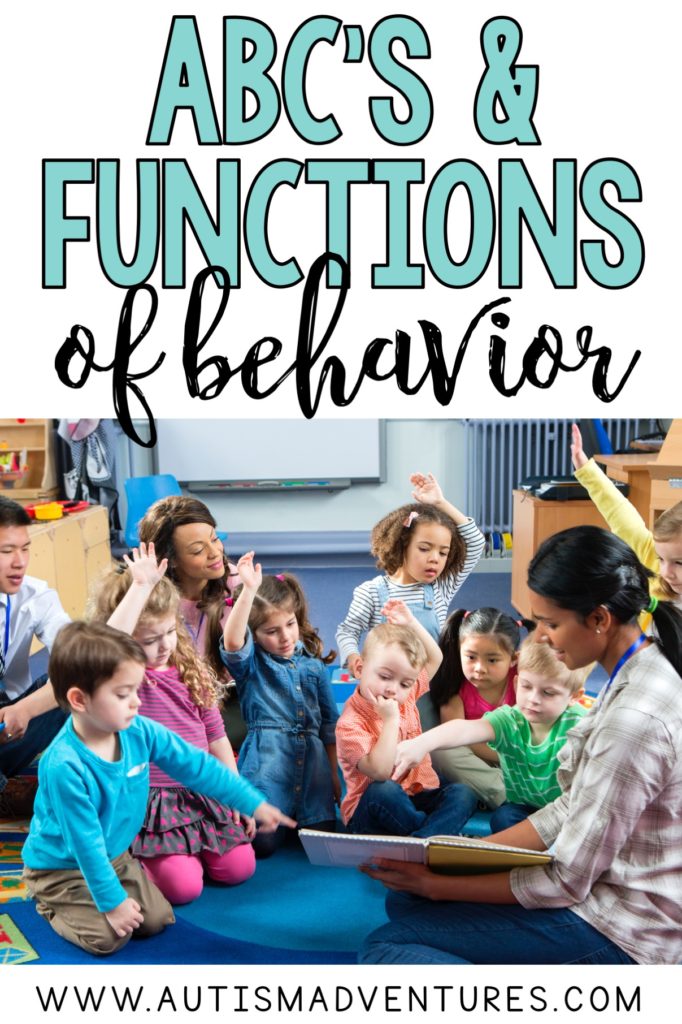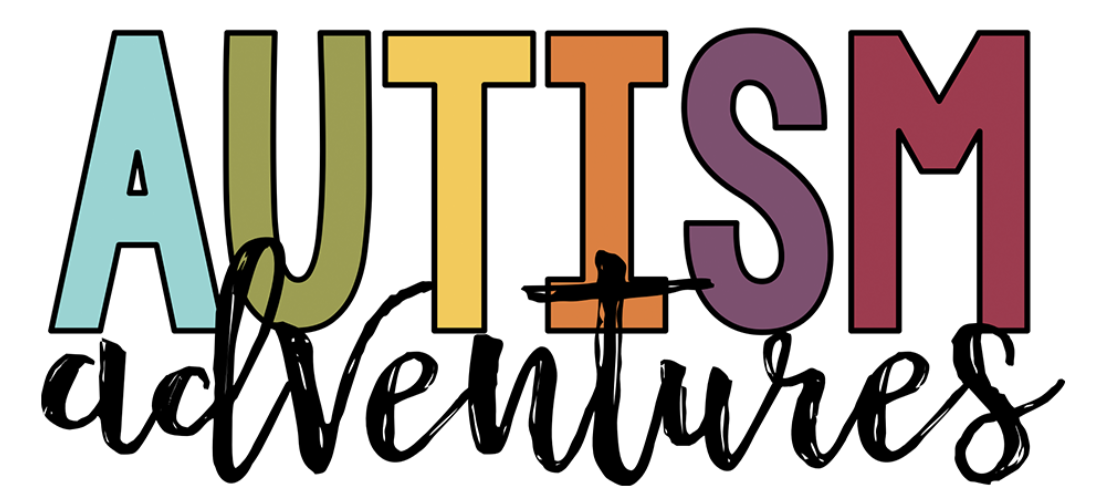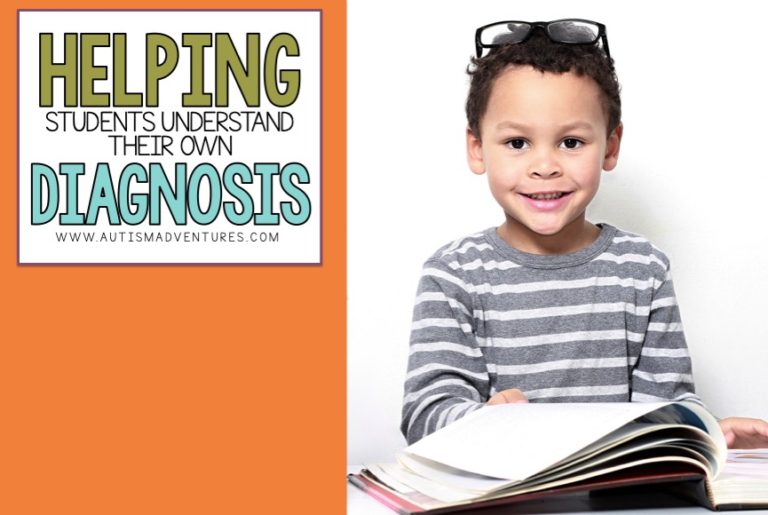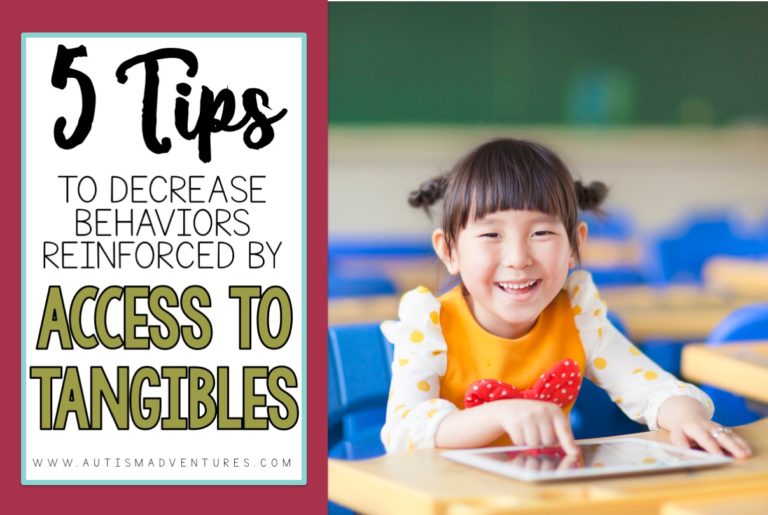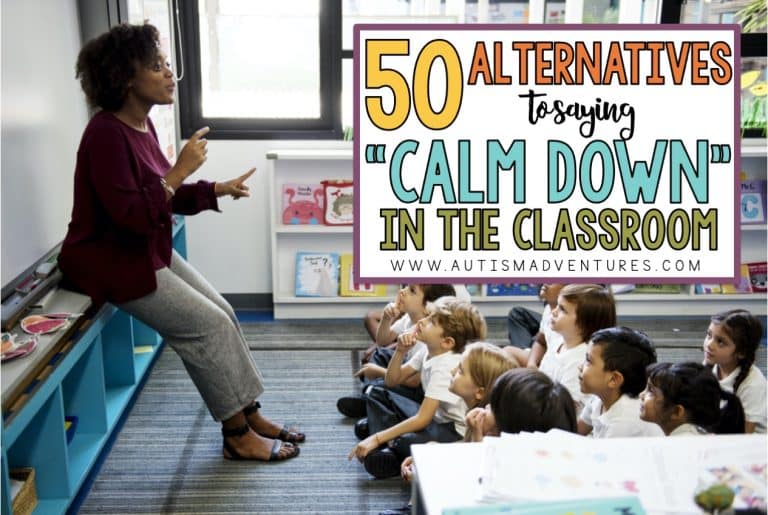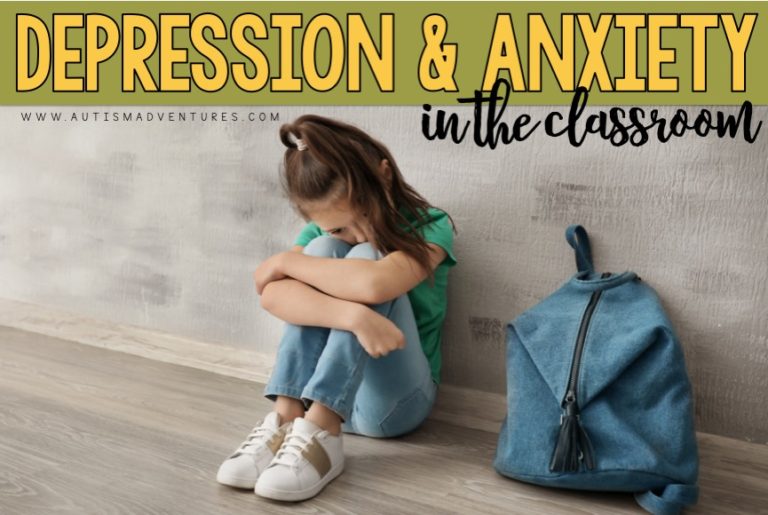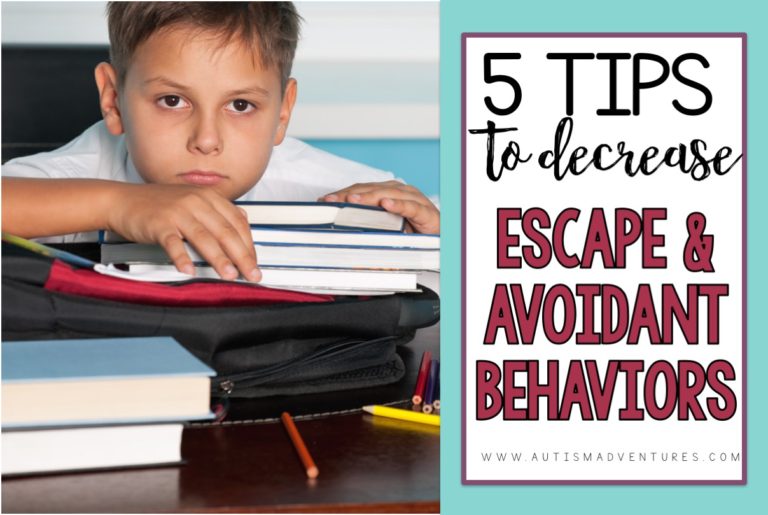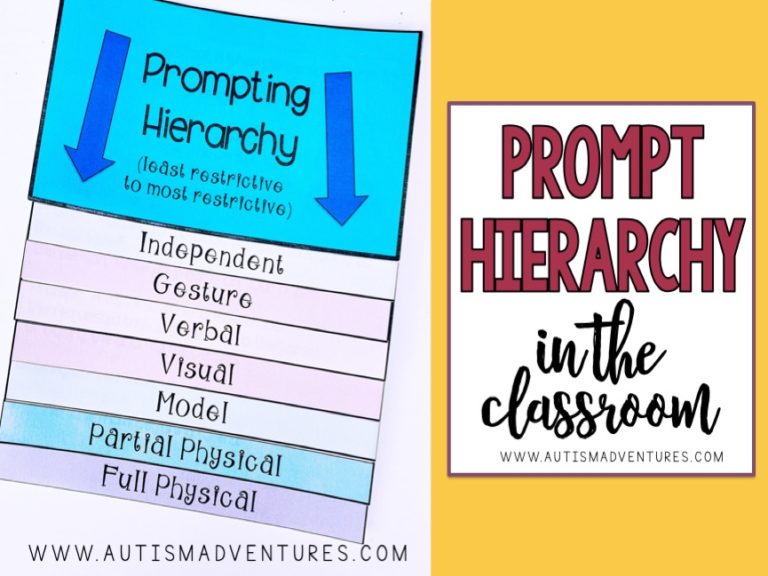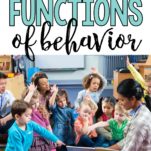ABC’s and Functions of Behavior
Help! My student won’t stop _____! What should I do?
This is a short guide to help troubleshoot behavior. I will introduce the basics of the ABC’s and functions of behavior. These principles apply to ALL behavior (your student’s, your own, your child’s, your husband’s …etc.!) but to make things easier, I’ll focus on some typical behaviors found in the classroom.
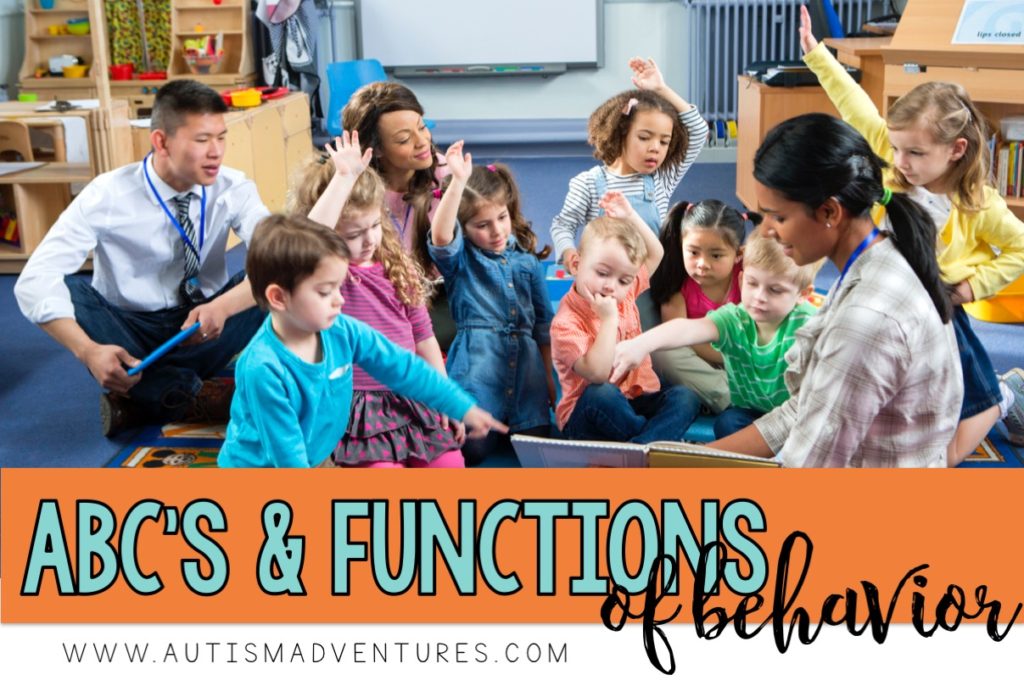
ABC’s of Behavior
The first thing you’ll need to know are the “ABC’s” of behavior.
A – Antecedent: what happens immediately before the behavior occurs
B – Behavior: The observable behavior the student engages in
C – Consequence: what happens immediately after the behavior occurs
Functions of Behavior
The reason these are so important is because it gives us a snapshot into what purpose this behavior is serving, or in other words, what the function is. Every behavior has a function! It’s why we do the things we do.
It’s easy to remember the functions of behavior by remembering that everybody E.A.T.S. Every behavior serves one or more of these four functions. You can grab the visual below as a FREE poster so that you can put them on display in your classroom and share with your staff. Just click HERE or on the image below!
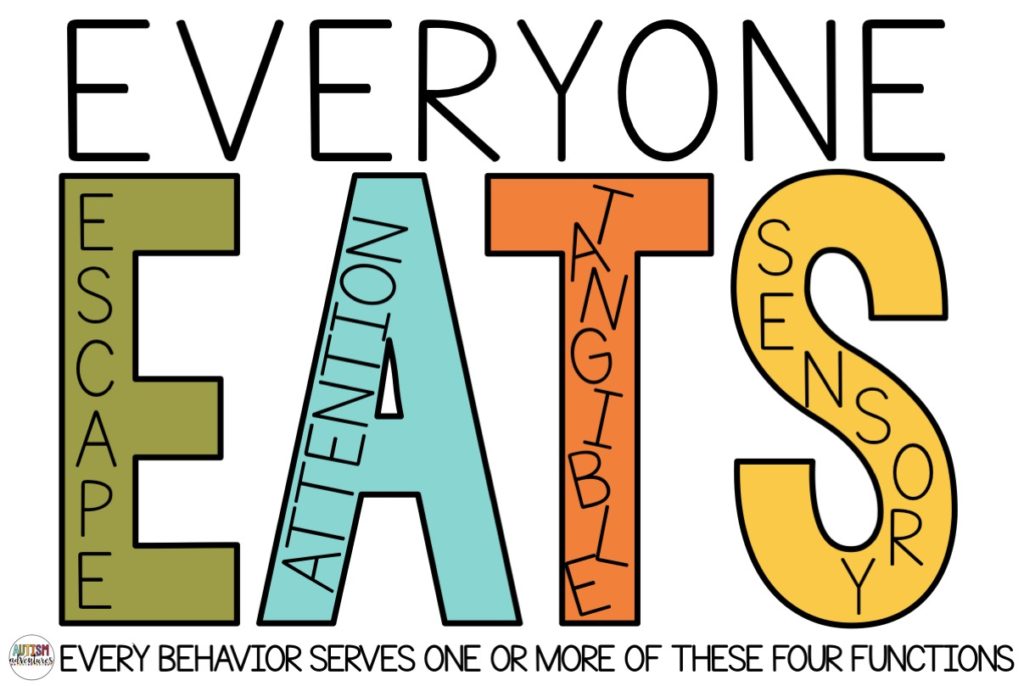
Escape – Getting out of, or avoiding doing something
- Examples: standing up and walking around the classroom thus delaying having to do an assignment, engaging in a behavior that results in getting sent to the office therefore not having to complete the test, or spending time on social media thus escaping the dirty dishes in the sink
Attention – Getting social reinforcement from interactions with someone
- Examples: standing up and walking around the classroom thus making peers laugh and teacher attend to you, engaging in a behavior that results in getting sent to the office because you think the counselor is really nice and you like talking to her, or spending time on social media because it feels good when you have likes, comments and new follows
Tangible – Gaining access to something, someone, or some activity
- Examples: standing up and walking around the classroom because you left your pencil at your previous station, engaging in behavior that results in getting sent to the office because your favorite office worker always shares her goldfish crackers and you’re really hungry, or spending time on social media because you sell resources to other teachers and it brings in money
Sensory – doing something that feels good and elicits a pleasure response in the body
- Examples: standing up and walking around the classroom because your legs hurt and it feels good to walk around, engaging in behavior that results in getting sent to the office because flapping hands felt really good and can be done while walking to the office, and spending time on social media because the colors of the images are visually pleasing and feel good to look at
What Does This All Mean?
As you can see from the examples, you might engage in the same behavior, but for multiple reasons. This is why it’s never a good idea to assume that you know why a behavior is occurring. This is also why taking data is so important! Once you can identify what the consequence is, you can determine what the student (or individual) is getting out of engaging in the behavior. In other words, you can determine the function. Once we know what the function is, then we can change the consequence (what occurs immediately following the behavior). We can also give the student a more appropriate way to get their needs met.
Here’s an example:
Johnny is constantly tapping on his desk, distracting other students. No matter how many times you’ve told him to stop, he continues to do it. Even when you’ve sent him to the office, the next day, he’s back tap, tap, tapping away.
First, we need to identify the variables surrounding the behavior. After a few days of taking ABC data, you find that most times, it looks like this:
- Antecedent: Teacher has been explaining todays lesson for 5 minutes or more
- Behavior: Johnny begins tapping/drumming on his desk
- Consequence: Teacher tells Johnny to please stop tapping on his desk, students around him giggle
Without getting into too much behavioral jargon, the consequence of attention following the behavior is what is maintaining it, or keeping it going. Now that we have the function – we realize that the reprimand and following giggles are actually making the behavior occur more, not less. We need to give Johnny a way to get attention appropriately and teach him when and where doing that is appropriate.
Take Away on Functions of Behavior
By understanding the science of behavior, you can empower yourself by making data-based decisions in your classroom. Instead of feeling frustrated or not knowing what to do about this or that, you will have the tools to begin identifying and tackling any problems that may arise.
While specific behavior change strategies should be individualized depending on each student and the behavior you’re looking at – most times, interventions should include these components:
- Decreasing the motivation to engage in the behavior in the first place by giving time, space, and opportunities to “get it out” or gain access to that function outside of the problematic context. If you just ate, you won’t be as motivated to work for food, right? So, if a kiddo just got tons of really good attention from you during a fun game or recess, he will be less likely to seek it inappropriately later on.
- Teaching when and where certain behaviors appropriate by creating guidelines, rules, and providing reinforcement only in the contexts in which it’s appropriate
- Teaching replacement skills – what do you want to see the student doing instead of xyz? Sitting quietly? Raising hands? Teach and reinforce that instead.
Tips to Manage Behaviors in the Classroom
Looking for some forms to collect data? I have a simple ABC data sheet here. Stay tuned for specific tips related to each function of behavior! To read more, be sure to come back to check out future blog posts listed below:
- 5 Tips to Decrease Escape & Avoidant Seeking Behaviors in the Classroom (coming 11/11/19)
- Five Tips to Decrease Attention Seeking Behaviors in the Classroom
- 5 Tips to Decrease Attention Seeking Behaviors in the Classroom
- Five Tips to Decrease Attention Seeking Behaviors in the Classroom
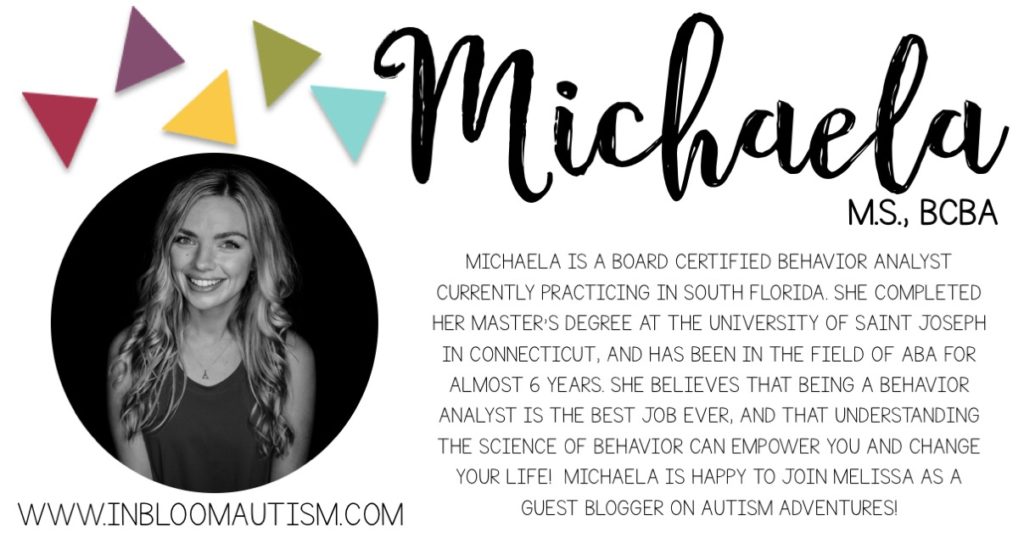
Like what you read? Don’t forget it, PIN IT!
